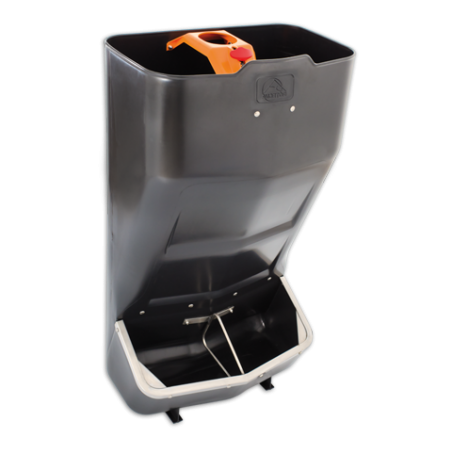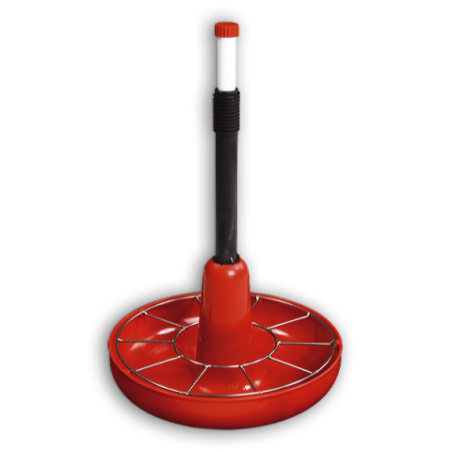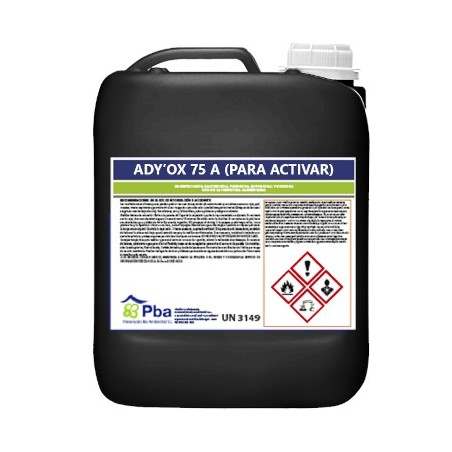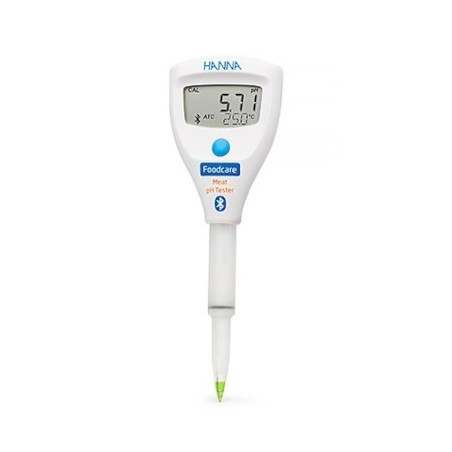The increase in microbial resistances to antibiotics and the impact on human health that this implies has motivated the implementation of programs to reduce antibiotic use in livestock.
In a first article we addressed, in a generic way, how this reduction is affecting at the nursery phase, as well as the impact of other factors such as hyperprolificacy. In this second article we will focus more on the digestive aspect.

To that end we count on the collaboration of three veterinarians: Lali Coma, Josep Bragulat and Patricia Prieto.
By separating the piglets from the sows, we force them to drastically change their diet (piglets go from milk to compound feed with many vegetable ingredients). In addition, all the changes that take place at the nutritional, social, environmental and other levels at weaning, lead to periods of poor feed intake during the first days after weaning. Fasting implies a shortening of the intestinal villi, and therefore a risk of malabsorption, which eventually leads to diarrhoea (Photo 1).

Photo 1. Post-weaning anorexia results in the shortening of the piglets´s intestinal villi, hindering feed absorption and favouring the appearance of diarrhoea.
Due to all this, the risk of digestive problems, especially those caused by E. coli, is high in this phase, and therefore, the use of antibiotics such as colistin, neomycin, etc. to prevent diarrhoea has been common practice until recently.
With this scenario, the obvious questions to our 3 veterinarians are: How have the farms adapted to the new situation? What measures do you propose to avoid the onset of digestive problems, without using antibiotics?
Prieto explains that in her case it has been a process already launched some time ago... "We began in 2016, replacing colistin by other antibiotics with a similar action, but which were not directly subject to restrictions on their use, such as neomycin and apramycin. Subsequently, in 2017, we took the plunge and removed antibiotics with specific action on E. coli, although we continued to use zinc oxide in the prestarter phase on most of the farms, but no longer on the starter phase. Since 2018, with the ban on using more than one drug premix in feed, we prioritize the use of amoxicillin for the control of Streptococcus suis."
Coma is categorical: "We must change our mindset," "We must start giving much more importance to aspects such as water quality, the use of acidifiers in drinking water to reduce gastric pH and the cleaning of water pipes." Prieto agrees on the importance of acidification: "We seek a pH of less than 4 in the drinking water of weaners".
Bragulat notes :"Of course there is a certain increase in digestive problems, but they are far from being widespread. In the majority of cases we have managed to successfully eliminate the use of antibiotics with a digestive effect."
He tells us very graphically that “The strategy of prevention of diarrhoea has several cornerstones. An essential pillar is the acidification with organic acids. We work with a pH of 5-6. For sure, the desired pH value must be achieved throughout the whole pipeline. We insist on cleaning the pipes until it is achieved. The second cornerstone that can not be overlooked is the correct sanitation of the drinking water. We use chlorine dioxide on all the farms. On some farms that are more likely to have digestive problems it has been necessary to add another prevention element: a change in the feed formula, with a certain reduction in crude protein levels, more digestible raw materials, etc. Very few farms require a fourth pillar: the vaccination of piglets for the prevention of E. coli.”
Coma has the same experience in some recurrent cases, and with the presence of pathogenic E. coli the vaccination of the piglets has been necessary and effective in most cases.
In another sense, Prieto points out an important detail: "It is usually the case that production companies use the same type of feed even if they have different genetics or terminal boars. Feed consumption can be quite different among the different genetic lines, which is often not taken into account and may lead, as a consequence, to the onset of diarrhoea."
You can not separate the diarrhoea at weaning from management and environment conditions. That is why we ask which is the management measure to which more attention should be paid.
There is a general consensus on this issue: it is basic to teach the piglet to drink and to eat as soon as possible. This will improve the productive performance, reduce the maladaptive piglets and avoid the lack of intake that ends up causing digestive problems.

Prieto explains that "We put additional creep feedders, and we provide water with rehydration agents 3 times a day during the first week. It is of great help." "It is also essential that there is enough feeder space, so that the piglets do not have to take turns to eat. We provide additional hoppers with feed for the first weeks. Taking into account the fixed and the supplementary hopper, there must be 7 cm of hopper per piglet during the first weeks after weaning " (Photo 2).
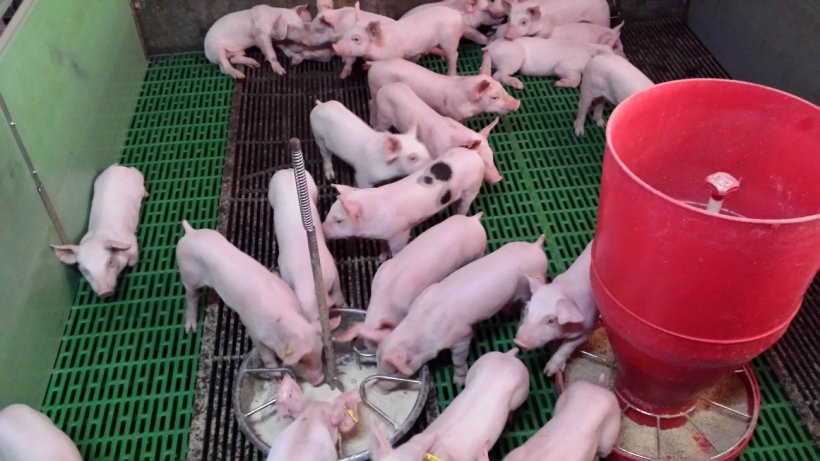
Photo 2. At the farrowing quarters, the piglet eats almost once every hour, and it always eats while the rest of the litter is also eating. At weaning, it is very important to provide additional feeders that allow the piglet to maintain that feeding pattern as a group. Additionally, creep feeders with water and feed facilitate learning.
Bragulat says: "We work with the traditional linear dry feed hopper. It seems easier to handle than the feeders that carry the built-in water supply, but during the first few weeks we added an additional creep feeder."
Coma also bets for the additional double creep feeder during the first days: "One with water and the other one with feed." "I prefer it to porridge, because if the management is not excellent, it ends up causing problems related to dirt, an unpleasant taste or even diarrhoea."
Bragulat ends up reminding us of the importance of the piglet learning to eat feed in the farrowing pens and of ensuring that we wean piglets with a good digestive maturity, because “for a 21-day-old piglet, 2-3 more days of lactation represent a great difference in this regard”.
We have no doubts: water sanitation, the use of acidifiers, and spend time so the piglet learns to eat and drink after weaning are steps needed to beat post-weaning diarrhoea.
In the third article will talk about the prevention of another usual agent is the nurseries: Streptococcus suis.





